What is content editing?
We all know that creating inspiring, engaging, and informative content can help to boost your SEO, position your business as a market leader and drive traffic to your website.
So it’s well worth your time coming up with an effective content marketing strategy. Do this to carefully plan your rollout of blogs posts, web pages, FAQs, guides, and all sorts of other pieces of creative content throughout the year.
However, while researching informative and relevant topics and writing creative and engaging pieces is essential, it is only half the battle.You can be passionate and well informed about your topic – the more, the better. However, you also need to construct it well, have a clear message, and be sure of your goal to ensure that your content works for you – and achieving this all comes down to good content editing.
Many writers dread the editing stage. Content editing requires meticulous attention to detail, total focus on your overarching message, and, more often than not, having to kill your darlings.
A good editor will be ruthless and eagle-eyed. They’ll be a perfectionist but also know when it’s time to say ‘enough is enough.’ So if you want to create memorable content that will generate conversions, educate and inspire your target audience, align with your branding and give insight into your company values, you need to learn the art of editing.
Content editing – A step by step guide
Unique content makes an impact on the reader’s life. It motivates them to act – whether to sign up to your newsletter, buy your product or read another post. So it would help if you made sure that every piece of content you post is perfectly edited to ensure it drives engagement and inspires action.
So, where do you start? In this blog, we have outlined a clear and concise content editing guide to help out. With six clear steps to look out for you will be a content editor whizz in no time!
Step 1: Highlight your goal
Before starting your piece, you should have deciphered a clear goal stating why publishing that content would benefit both you and your readers. Now that you’ve written your work, it’s time to go back through it and ensure that that goal is apparent.
You should construct every sentence, every turn of phrase with that goal in mind. Your article must serve a purpose, and if it’s not apparent, you need to go back and edit your work to highlight your goal so that it helps both your audience and your business. This isn’t about simply inserting a single message or statement into your writing but instead using the entire piece to build upon a single message that drives your readers to do what you want them to do. Ask yourself, why would the reader care about this? Don’t save your main points of most important information like some guarded toddler who hasn’t learned how to share. Let your audience know right away what you are offering and why they need to know.
Step 2: Make sure your message is unique
When editing your content, you need to consider how to set yourself apart from everyone else. Chances are, if you are writing about a topic that’s important and relevant to your business, it will be important and relevant to your competitors too.
Make sure that your piece of content isn’t just a bland regurgitation of what everyone else is putting out there. You might have competing messages and goals. However, when you come to the content editing stage, you can ensure that your piece is infused with all the unique, one-of-a-kind selling points and special qualities that only your business can provide. If there is a way of sharing your expertise that’s a bit, dare we say, ‘quirky,’ or you’ve got an unconventional method for explaining a complex problem, go for it. Find your company voice and make sure that all your content is singing from the same hymn sheet. This is a great way to build your brand, stand out from the crowd and keep your readers coming back for more.
Step 3: Quality control
Of course, on the one hand, there’s being creative and quirky, and on the other there’s being weird and offensive. Unsurprisingly, we warn against the latter! It’s always best to err on the side of caution, and this is where we happen upon another useful stage in the content editing process – getting a second and even third pair of eyes on your piece. Whether it’s spelling and grammar errors, structural wobbles, or a potentially risque joke, having your colleagues read over your content pre-release is always a good idea.
We are only human, after all, and this can ensure your content is as polished, precise, and perfect as possible before you present it for punishing (try saying that after a few G&T’s).We can’t emphasise enough how quality control can help weed out those easily overlooked mistakes and leaving them in your copy can not only be embarrassing but could actually cost your company money.
Step 4: Mop up your word vomit
Let’s face it; we are all guilty of getting a little too ‘passionate’ about our writing from time to time. This is especially true if it’s a topic we are really into. What’s important to remember during the content editing stage is that a lot of your readers aren’t going to be experts, and, to put it politely, many of them might not have a single clue what it is you’re going on about.
Go through your piece to weed out anything excessive, overwritten, or that lacks value. Not everyone will agree on what that looks like, and you aren’t always going to be able to please everyone with what you write. However, you know what kind of audience you are hoping to attract. So while you are editing, ask yourself, ‘would a level-headed, engaged prospect find this helpful?’ If the answer is no, it’s time to get the mop out.
Step 5: Learn to recognise tangents
When you are really into your subject matter, it’s hard not to digress occasionally. But going off-topic will more than likely weaken your message, and in the worse cases, confuse and irritate your reader. It would help if you learned to recognise when the information you’ve given belongs in another post. When you see it, extract it. The good news is that you’ve got some additional material to write a subsequent post later, which is never a bad thing.
Step 6: Watch out for repetition
While emphasising your points might mean you want to mention them twice, be careful of repeating the same information over and over to pad out your text. If your sentence doesn’t reveal anything new, take it out. Remember, time is precious, and readers need to feel as though they are gaining something valuable by giving you theirs. If they think it’s being wasted, they won’t return to make the same mistake twice.
No one said content editing was easy. However, by using some of the strategies above, you can start editing like a pro and make a real difference to the quality of content you put out there.
Need some help writing content?
At Seed, one of our areas of expertise is SEO copywriting. We help businesses increase their rankings on search engines to become more visible to the customers who want to find them. If you need some help creating unique creative, authentic content that will resonate with your audience, why not get in touch?










